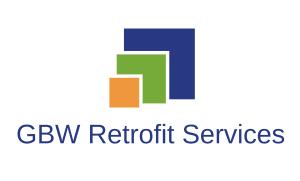As our climate continues to warm, preventing your home from overheating is becoming increasingly crucial. While retrofitting with insulation effectively reduces heat loss during the winter, it can also inadvertently increase the risk of overheating during the summer if not properly planned and executed. It’s essential to approach retrofitting with careful thermal modeling and design to ensure that insulation doesn’t contribute to excessive indoor heat during the warmer months.
Internal overheating occurs when the heat generated by occupants, lighting, cooking appliances, and electronics accumulates, raising indoor temperatures. These internal heat gains, although unintended, can significantly contribute to overheating within your home.
To manage and reduce solar gains during a retrofit, consider incorporating external shading methods like blinds, shutters, or overhangs to control the amount of sunlight that enters your home. Another effective measure is applying solar film to windows, which can reduce heat entry (known as solar transmittance) and help prevent heat buildup. This can also enhance your home’s energy efficiency by retaining heat during the winter months.
Effective ventilation strategies are also vital in mitigating overheating. During the summer, take advantage of cooler outdoor temperatures by implementing cross-ventilation, which can be achieved with secured shutters on windows. This allows fresh air to circulate and lowers indoor temperatures, maintaining a comfortable environment. While mechanical cooling systems are an option, they should only be considered if other, less carbon-intensive measures are not feasible.
Thermal modeling plays a key role in retrofitting, as it helps assess how environmental conditions, such as solar gain, weather patterns, and location, impact your home. For homes that are south-facing or highly exposed to sunlight, incorporating solar shading measures can be particularly effective in reducing heat gains and ensuring thermal comfort year-round.

